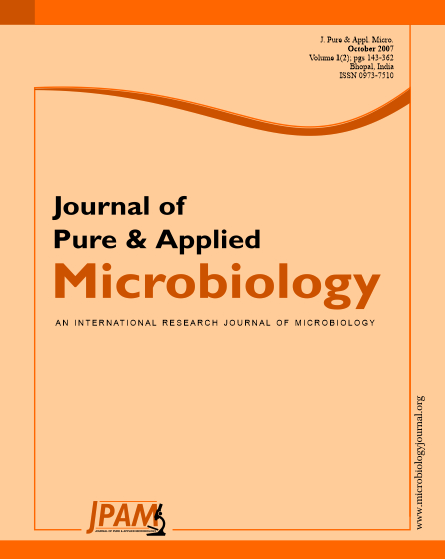Acacia tree species are by far the most common tree in Namibia. This is probably because, they are better adapted to the arid and semi-desert conditions that predominate in Namibia. Acacia karoo, Acacia mellifera, Acacia hebeclada, Acacia erioloba, Acacia luderitzii and Acacia hereroense are some of the commonest one. The city of Windhoek green patches are naturally well decorated by the Acacia karoo species. Traditional Acacia species are used by several indigenous people to treat minor ailments. The aim of this study is to investigate the identity of the causal agents of twig dieback that was recently observed on Acacia karoo species in Windhoek and other areas of Namibia. Identification of pathogenic agents is an important dedicated step to finding remedial ways to any phytopathological problem. Previous morphological work in our laboratory had shown that the causal agent belonged to the fungal genus Alternaria. In this study fresh diseased twig were sampled and pure single spore cultures were made. From these pure cultures DNA was extracted and used in an internal transcribed spacer (ITS) PCR. The PCR products were purified and sequenced. The sequences were used in BLAST searches to interrogate the Genbank and high sequence similarity of 99% was obtained with Alternaria compacta. From this work we conclude that Alternaria compacta is associated with Acacia karoo dieback and that confirmation by Koch’s postulates will be the next step in order to determine the virulence and pathogenicity of the Alternaria isolates that have been collected so far.
Acacia karoo, Alternaria compacta, pathogen, dieback, internal transcribed spacer region
© The Author(s) 2007. Open Access. This article is distributed under the terms of the Creative Commons Attribution 4.0 International License which permits unrestricted use, sharing, distribution, and reproduction in any medium, provided you give appropriate credit to the original author(s) and the source, provide a link to the Creative Commons license, and indicate if changes were made.


